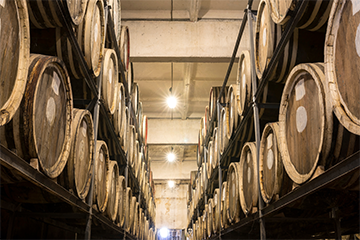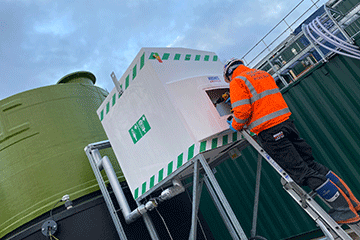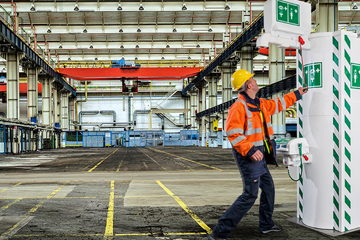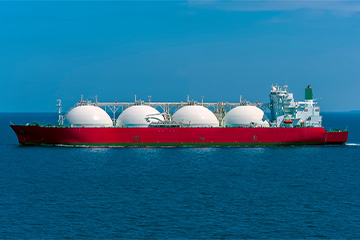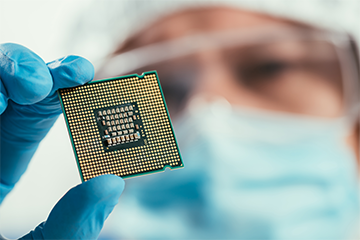Enquiry List () (0)
- 25 Jul 2023

Ensure You’re up to Speed with Chemical Safety in the Automotive Industry
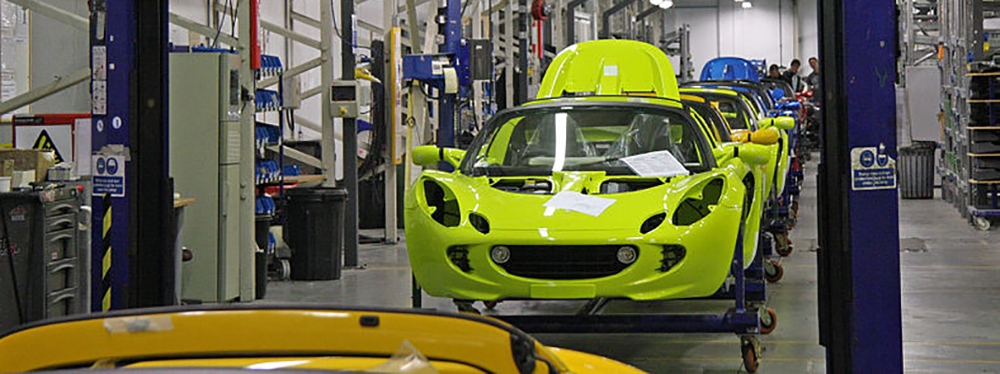
The global automotive industry manufactured a staggering 85 million vehicles in 2022. In Europe alone, the sector provides direct and indirect jobs to more than 13 million Europeans, representing 7% of total EU employment. With chemical hazards present at every stage of vehicle production, coupled with a large workforce, the risk of a chemical spill or splash is high.
The manufacture of a car, although largely automated, requires the use of numerous dangerous materials that workers can come into close proximity of.
- Car Batteries
Sulphuric acid solution, known as battery acid, used in the production of car batteries can causes severe burns or blindness if splashed on the skin or eyes.
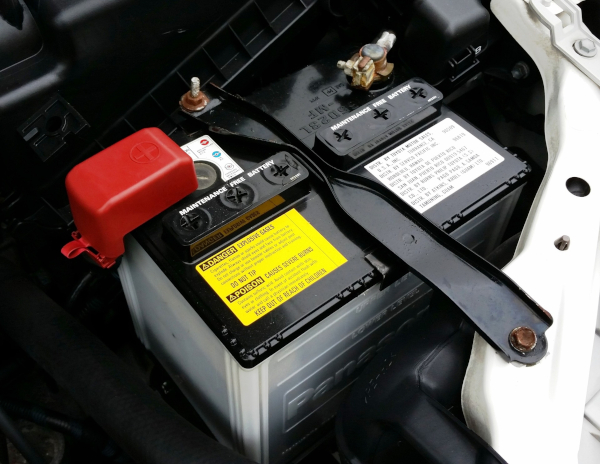
- Surface preparation
Organic solvents are used for various preparations, for instance cleaning and degreasing of a vehicle’s components such as glass, metals etc. Often corrosive, these organic solvents can penetrate through the skin or eyes causing potential health risks. Hydrofluoric acid, used in large quantities during the surface treatment of metal parts, is a contact-poison with the potential for deep, initially painless burns and ensuing tissue death. By interfering with body calcium metabolism, the concentrated acid may also cause systemic toxicity and eventual cardiac arrest and fatality.
- Essential Vehicle Fluids
Not only can the various liquids used cause skin irritations and burns, some have been known to affect the central nervous system if absorbed. For example:
- Corrosion inhibition liquids in cooling systems
- Engine coolant concentrates and heat transfer fluids
- Hydraulic fluids
- Oils and lubricants can also cause skin irritation and waste engine oil
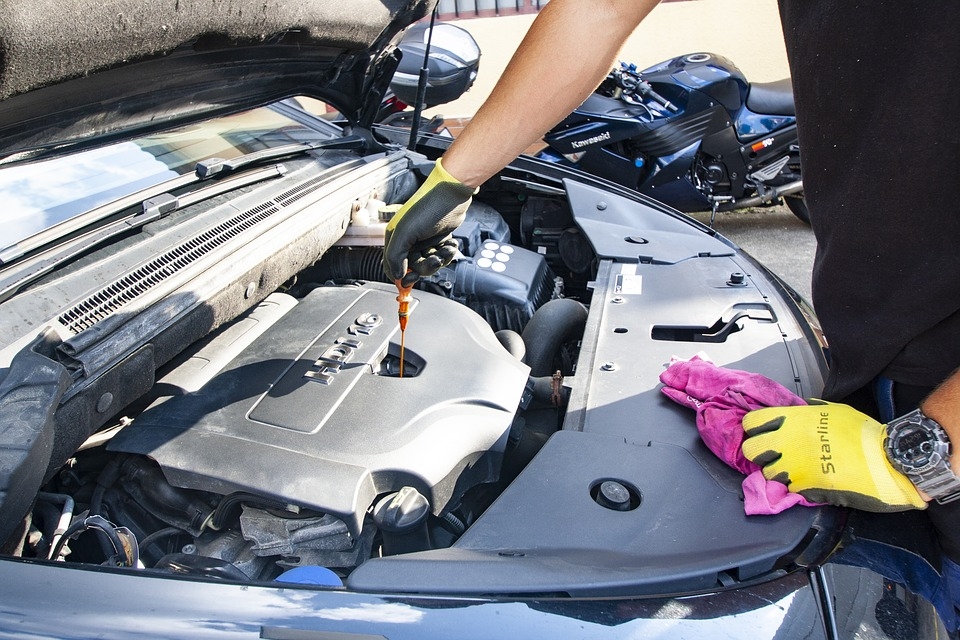
- Painting
Painting the bodywork of a car exposes workers to a cocktail of chemicals. There are different ranges of colours and paints using organic solvents and isocyanates that are an irritant to skin and eyes and may result in burns.
- Antiknock agents
More commonly used by mechanics to improve the fuel efficiency of car engines, antiknock agents consist of methylpentadienyl manganese tricarbonyl (MMT). This harmful compound has the potential to cause health issues ranging from eye irritation, shortness of breath, headaches, dizziness, and nausea. MMT has also been reported as a common cause of liver and kidney malfunctions. If absorbed through the skin MMT can poison a person and must be washed off immediately.
Minimising risks and injuries with safety showers
Workers in the automotive industry face a myriad of potential health and safety risks with hazardous chemicals playing a large part. It is essential that employees who are exposed to hazardous substances have access to appropriate safety showers and eye/face wash equipment.
Not only are they essential to protect the safety of the workforce, decontamination showers also clean harmful materials from PPE, extending its lifetime.
Selecting the right safety shower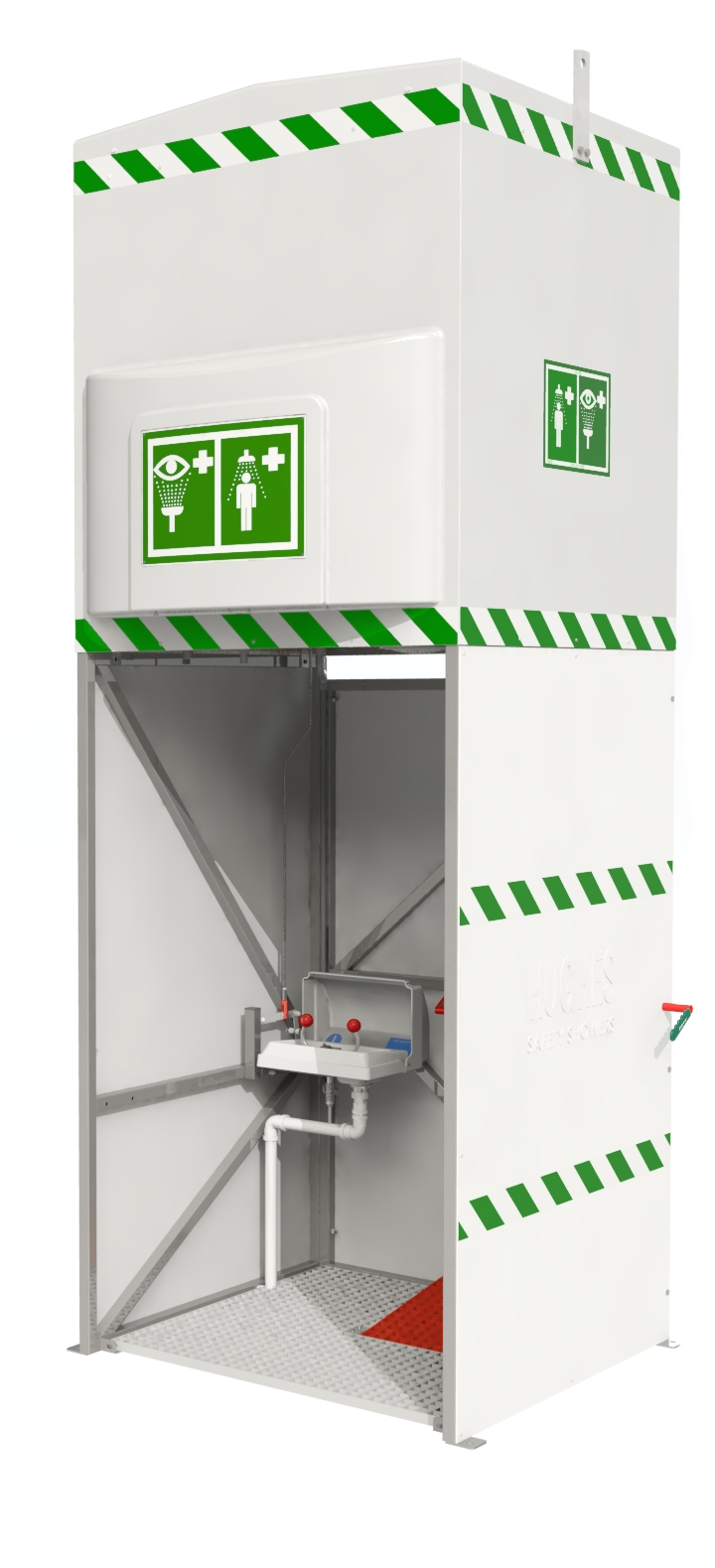
- Emergency tank showers are the best and simplest way to meet ANSI and EN standards with the ability to provide tepid water even in more remote locations. Additionally, these units are designed for areas where there is no mains supply or where the water pressure is inadequate.
- Outdoor safety showers are essential in areas exposed to low ambient temperatures, for example loading bays accepting chemical deliveries. Freeze-protected units are designed to prevent the water in the safety shower from freezing rendering it inoperable in the event of an emergency and damaging the unit.
- Indoor emergency safety showers are ideal for shop floors in a manufacturing environment. The range includes ceiling, wall and over-door mounted models, designed for locations where floor space is limited. Simple drench showers are available as well as combination units comprising a plumbed in safety shower and eye/face wash for a thorough decontamination.
- Mobile safety showers are perfect for areas where a stationary unit is unsuitable. Offering rapid response and flexibility of location, this range is an ideal supplement to plumbed-in safety showers.
- Whatever the location, eye/face washes should be quick and simple to operate. Hughes offer an extensive range of plumbed in and self-contained units suitable for all climates and environments.
For advice on the most suitable solution for your application or to request a quote, contact us today.
Model shown: EXP-MH-14K/1500




